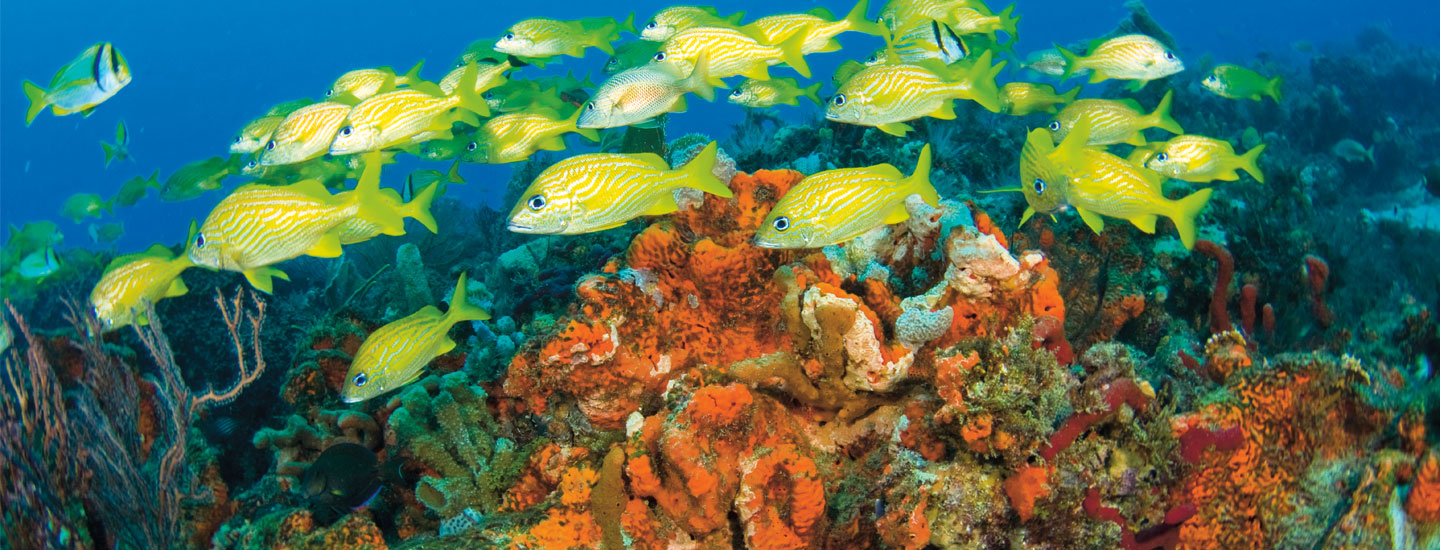Erich Bartels has an unusual garden in the Florida Keys.Thousands of brown, spiny branches hang from wires. To see them, you’d need to take a swim. Bartels grows corals underwater.
Corals look like plants, but they’re actually tiny animals that live in clusters. Their hard skeletons form reefs, which provide food and shelter for many ocean animals.
Erich Bartels has an unusual garden. It’s in the Florida Keys. The garden has thousands of brown, spiny branches. They hang from wires. You can see them only if you swim. Bartels grows corals underwater.
Corals look like plants. But they’re actually tiny animals. They live in clusters. Their hard skeletons form reefs. Reefs provide food and shelter for many ocean animals.

